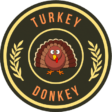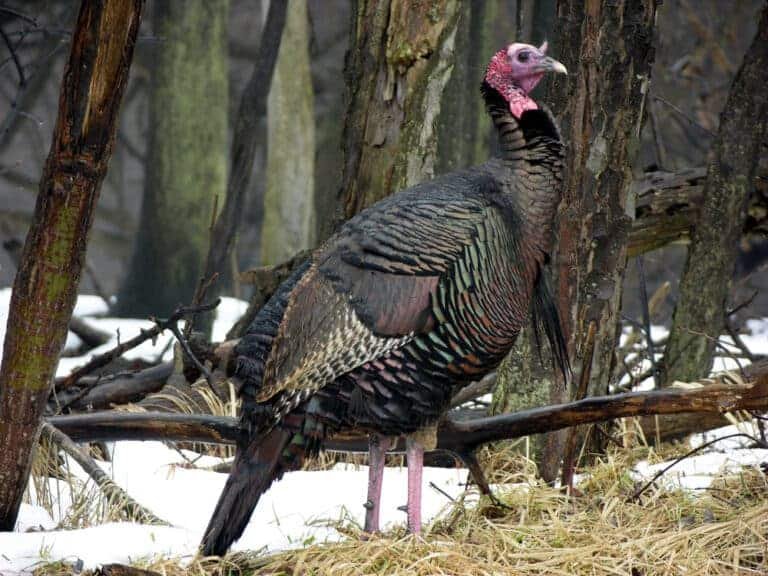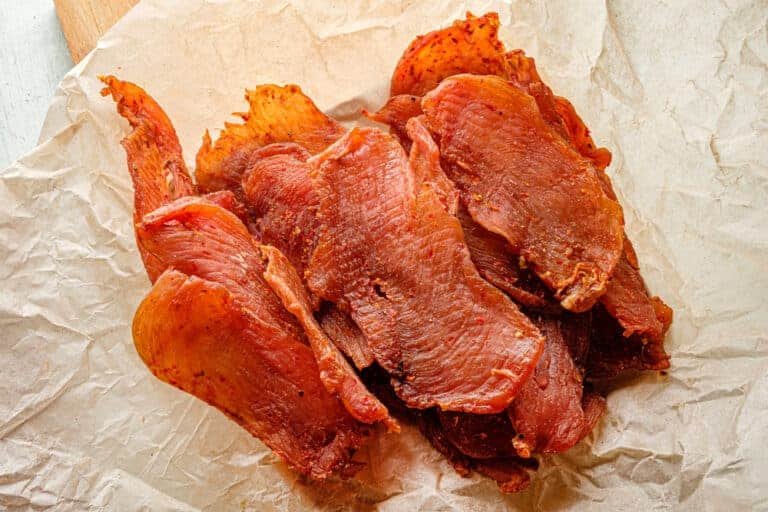Turkey Hunting Backpack: Powerful Guide for 2024
I’ve missed more turkeys than I’d like to admit, but I’ve never regretted having the best turkey hunting backpack. It’s saved my hunt more times than I can count.
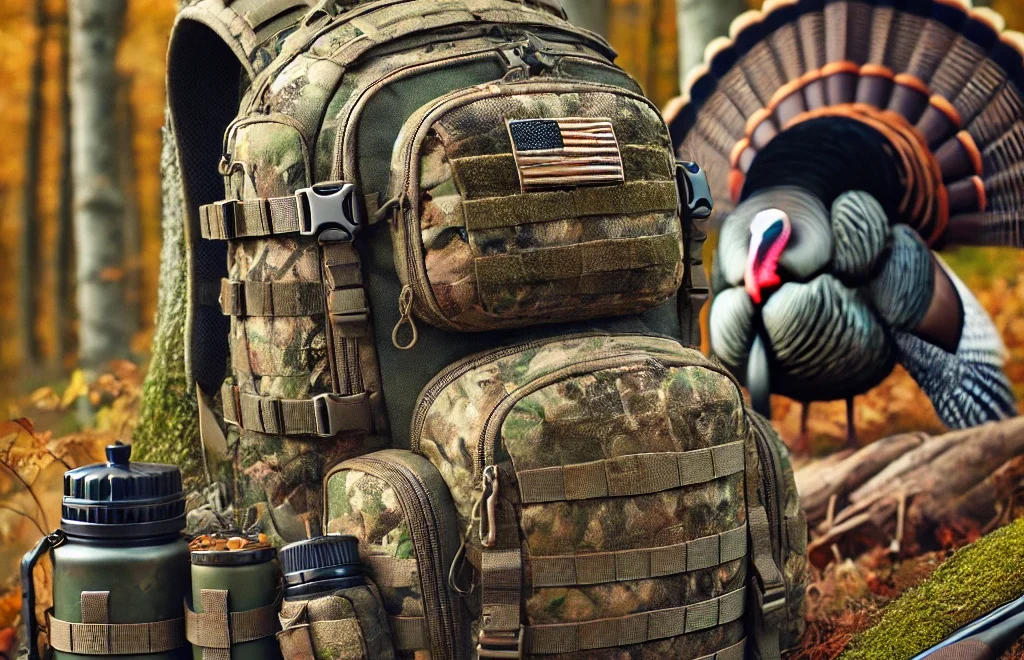
Listen up, turkey hunters! It’s Old Tom here, and I’ve been chasing gobblers since before some of you were born. Now, I could tell you about the time I called in a record-breaking tom, or how I once outsmarted three jakes in one morning. But today, I want to share something that might just be more valuable: how to choose the best turkey hunting backpack.
You might be wondering why an old-timer like me is so fired up about backpacks. Well, let me tell you, after decades of trudging through swamps, scaling ridges, and sitting in blinds from dawn to dusk, I’ve learned that a good backpack isn’t just nice to have – it’s essential. It’s your mobile hunting cabin, your silent partner, and sometimes, the difference between a successful hunt and a frustrating day in the woods.
So, whether you’re a greenhorn looking to get started on the right foot, or a seasoned pro wanting to up your game, stick with me. I’m about to spill everything I know about choosing the best turkey hunting backpack. Trust me, your back (and your next turkey dinner) will thank you for it.
Key Features to Look for in a Turkey Hunting Backpack
Now, pay attention because this is important stuff. Your backpack is like your best hunting buddy when you’re out in the woods. It needs to be reliable and helpful, not give you away to sharp-eyed gobblers. Here’s what I always look for:
- Capacity: You don’t want to carry a pack big enough for a week-long camping trip, but you need room for the essentials. I’ve found that a pack between 1,500 and 2,500 cubic inches is just about perfect for most turkey hunts. It’ll hold your calls, extra ammo, snacks, water, and maybe a light jacket without weighing you down.
- Durability: Let me tell you, those turkeys love to hang out in some rough spots. Your pack will get dragged through briars, scraped against tree bark, and probably tossed in the back of your truck more times than you can count. Look for tough materials like ripstop nylon or heavy-duty polyester. Water resistance is a big plus, too – you never know when you’ll get caught in a spring shower.
- Comfort: This is where many hunters go wrong. They think, “I’m tough; I can handle an uncomfortable pack.” But let me tell you, after sitting against a tree for hours and then hiking back to your truck, you’ll be singing a different tune. Look for wide, padded shoulder straps and a padded back panel. A waist belt can be a real back-saver if you plan longer treks.
- Camouflage: Turkeys have eyesight that’ll put an eagle to shame. Your backpack needs to blend in with your surroundings. Most hunting backpacks come in popular camo patterns, but make sure they match the terrain you’ll be hunting in. What works in the piney woods of Georgia might stick out like a sore thumb in the hardwoods of Pennsylvania.
- Organization: This is a big one for me. When that tom starts gobbling, the last thing you want is to fumble around trying to find your slate call buried at the bottom of your pack. Look for a backpack with multiple compartments and pockets. I like ones with a dedicated call pocket, a spot for my water bottle, and easy-access side pockets for things like gloves or a facemask.
- Noise: Here’s a lot of women looking. How noisy is that backpack? Zippers that screech or velcro that rips loudly can spook a turkey faster than you can say “gobble gobble.” Look for backpacks with quiet zippers and buckles instead of velcro.
- Weight: Remember, whatever pack you choose, you will carry it around all day. A super heavy pack might be tough, but it’ll wear you out before noon. Look for something lightweight but still durable.
I know that’s a lot to keep in mind, but trust me, paying attention to these details will pay off in the long run. A good backpack isn’t just about carrying your gear – it’s about making your hunting experience more enjoyable and successful.
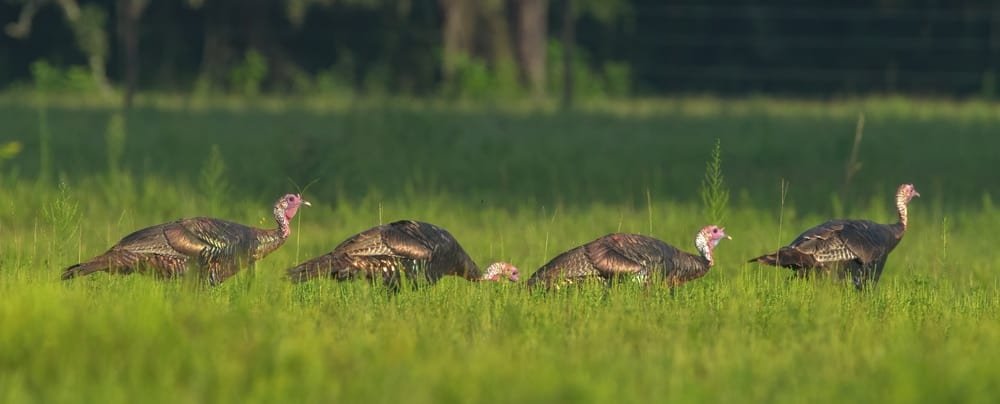
Top 3 Turkey Hunting Backpacks
1. Eberlestock X2 Pack
The Eberlestock X2 Pack is popular among turkey hunters. It’s known for its versatility and durability. The X2 features a compact design with about 1,900 cubic inches of storage space, making it suitable for day hunts or short overnight trips. It’s made from tough 1000-denier nylon, which can withstand rough terrain and harsh weather conditions.
The pack includes a built-in rifle or bow carrier, which can be tucked away when not in use. Hunters appreciate its comfortable padded shoulder straps, waist belt, and numerous pockets for organized gear storage. The X2 comes in various camouflage patterns to suit different hunting environments. While it’s pricier, many hunters find the investment worthwhile for its quality construction and thoughtful design features.
- Key features: Rugged construction, comfortable fit, multiple pockets for gear storage, hydration bladder compatible, meat shelf for carrying game.
- Pros: Versatile design suitable for various hunting conditions, durable, comfortable, spacious.
- Cons: Can be expensive.
- Price: $150
2. Badlands 2200 Hunting Backpack
A well-respected pack in the hunting community, known for its durability and functionality. It offers 2,200 cubic inches of storage capacity, making it suitable for extended day hunts or overnight trips. The pack is constructed with KXO-32 fabric, which is waterproof and incredibly strong.
A standout feature is its built-in meat shelf, allowing hunters to haul out game without overloading the main compartment. The 2200 incorporates Badlands’ signature Hypervent Suspension system, ensuring comfort during long treks with heavy loads. It includes multiple specialized pockets for efficient gear organization, including a quick-access weapon boot for securing a bow or rifle.
The pack comes with Badlands’ unconditional lifetime warranty, which many hunters find reassuring. While it’s one of the more expensive options on the market, its robust build and thoughtful design make it a favorite among serious hunters who demand high performance from their gear.
- Key features: Durable construction, comfortable fit, multiple pockets for gear storage, and compatible hydration bladder.
- Pros: Versatile design suitable for various hunting conditions, durable, comfortable, and spacious.
- Cons: Slightly expensive.
- Price: $270
3. Mystery Ranch Metcalf 75
The Mystery Ranch Metcalf 75 is a robust and versatile hunting backpack designed for extended backcountry trips. With a capacity of 4,575 cubic inches (75 liters), it’s well-suited for multi-day hunts or packing out large game.
The Metcalf features Mystery Ranch’s signature 3-ZIP design, allowing easy access to gear from the top or sides of the pack. It’s built with durable 500D CORDURA fabric, offering excellent resistance to wear and tear in rugged environments.
The pack incorporates a patented Futura Yoke system, which can be adjusted to fit various torso lengths, ensuring optimal comfort during long treks. It includes a built-in rifle or bow carrying system and multiple external attachment points for more gear.
The Metcalf 75 is known for its load-bearing capabilities, comfortably carrying heavy loads thanks to its internal frame and well-designed suspension system.
- Key features: Large capacity, comfortable fit, durable construction, multiple pockets for gear storage, and compatible hydration bladder.
- Pros: Versatile design suitable for various hunting conditions, durable, comfortable, and spacious.
- Cons: Expensive.
- Price: $550
Packing Tips from an Old Pro
Before we wrap up, let me share a few packing tips I’ve learned over the years:
- Heavy stuff at the bottom helps balance and makes the pack feel lighter.
- Place your most-used items on top or in easy-reach pockets. Your calls, gloves, and face mask would be easy to grab without rustling around.
- Always pack a first-aid kit: Safety first, always.
- Bring more water than you need: Turkey hunting is thirsty work, especially on those warm spring days.
- Pack an extra layer. Spring weather can be unpredictable; you’ll be glad for that extra warmth during those chilly mornings.
Remember, the best turkey-hunting backpack is the one that works for you. Don’t be afraid to try a few different styles until you find your perfect match. And once you do find it, take care of it. A good pack can last you many seasons if you treat it right.
Wrap-Up
Well, there you have it, folks. Everything this old turkey hunter knows about choosing and using a hunting backpack. Remember, at the end of the day, we’re all out there for the same reason – the love of the hunt and the outdoors. A good backpack is just a tool to help you enjoy that experience even more.
So get out, find a great pack, and hit the woods. Those gobblers aren’t going to hunt themselves! And if you see an old-timer like me out, don’t be shy – stop and say hello. We’re all part of the same turkey-hunting family, after all.
Good luck, hunt safe, and may your calls always bring in that big tom!
